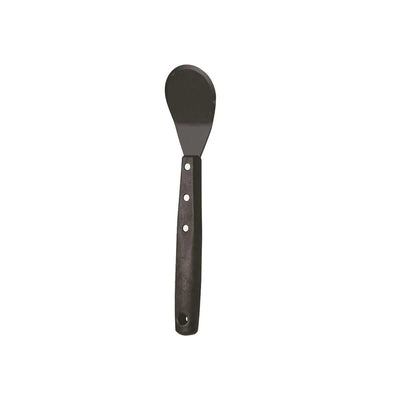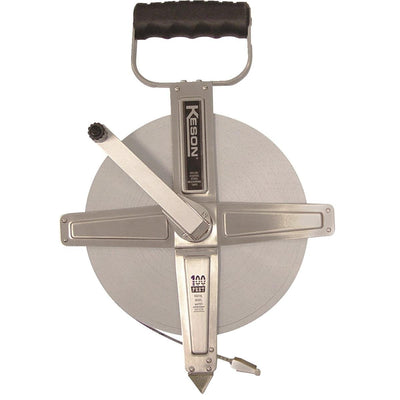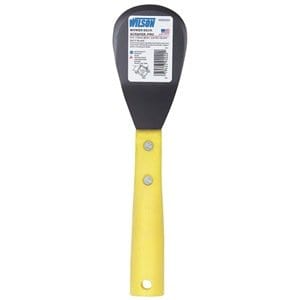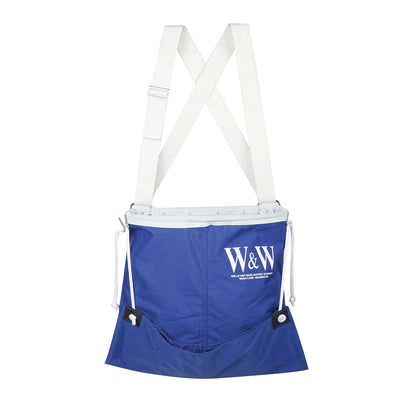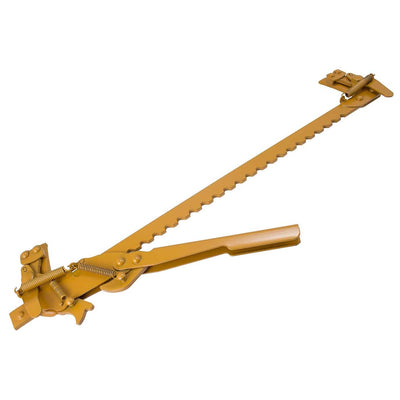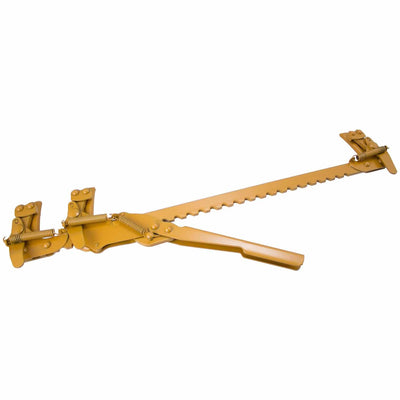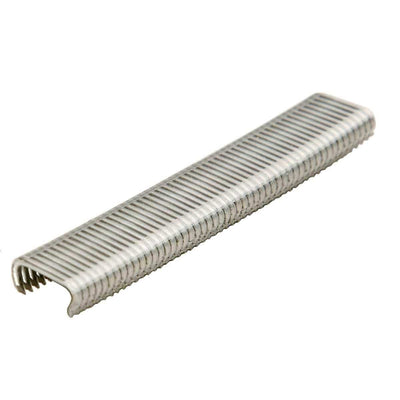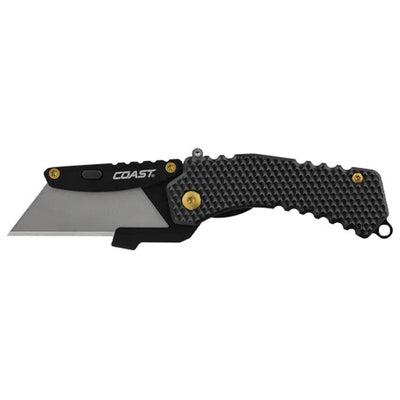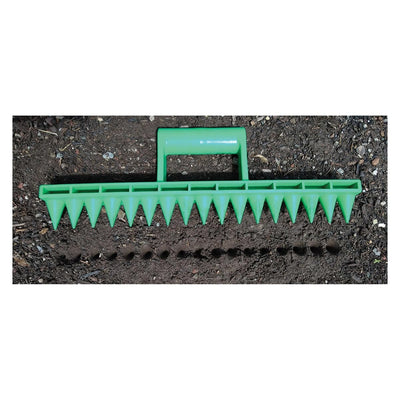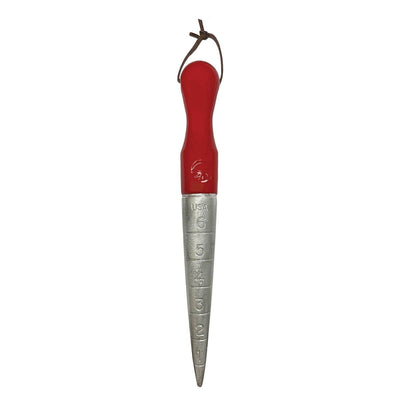Work Safely With Hand Tools
Here are some key points.
- Most hand tool injuries can be prevented.
- Always use the right tool for the job.
- Wear the appropriate personal protective equipment when using hand tools.
- Return all tools to their proper location.
Hand tools can be dangerous
- Hand tools such as chisels, shovels, handsaws, hammers, knives, cutters and pruning shears may seem pretty easy to use.
- But they can also be very dangerous if you’re not careful.
- Injuries from hand tools are generally due to:
- using the wrong tool for the job
- using a broken or damaged tool
- improperly using a tool
- not wearing personal protective equipment
- not paying attention to what you’re doing
- being in too big of a hurry.
- Hand tool injuries may include:
- cuts, bruises or puncture wounds
- eye injuries from flying chips or other debris
- damage to the nerve in the wrist from repeated use of a tool while bending your wrist
- Other serious injuries may include:
- broken bones, resulting from a tool that slips, falls, or is thrown
- severed fingers from knife or saw blade cuts

Pay attention when you are using hand tools.

Don’t use damaged tools.

Wear the appropriate protective equipment for the job.
Before you use a tool
- Check the area to make sure anyone who could get hurt is out of the way.
- Be sure your lighting is sufficient.
- Carefully inspect the tool for cracks, rust, wear or other damage. Make sure handles are secure and free of oil and grease. See that things move freely and that blades are sharp.
- Don’t use a damaged or broken tool. Report any problems to your supervisor and get a different tool.
Safe use of hand tools
- Wear the appropriate personal protective equipment (PPE) when using hand tools. Depending on your specific task, this may include gloves, shielded safety glasses or goggles, or other PPE. See your supervisor if you have any questions.
- Wear long pants, a long-sleeved shirt, socks, and sturdy shoes with non-slip soles. Don’t wear loose clothing or jewelry that could get caught by the tool. Tie long hair back, and keep your shirt tucked in.
- Always use the right tool for the job.
- Don’t use a tool that’s oily, greasy, or too heavy for you to safely handle.
- Plant your feet firmly, and don’t lose your grip.
- Be sure to cut or chip away from your body.
- Keep your wrist straight, and don’t use a tool while you’re in an awkward position.
- Take breaks, and avoid repetitive tasks over prolonged periods of time.
Carrying and storing tools
- Never carry sharp tools or tools with pointed edges in your pockets.
- Carry tools in a tool belt or a tool box.
- Don’t carry a tool so it obstructs your vision.
- Pass tools to other people by their handles.
- Clean off tools before putting them away. Be sure any guards or safety devices are in place when you carry tools and when you put them away.
- Store tools in a dry, secure location. Don’t pile them in a drawer, leave them on a bench, or place them where someone could get hurt.
- Store tools with sharp points separately from other tools.
Hand Tool Safety Do’s and Don’ts
Do
- Stay alert when using hand tools.
- Make sure you have enough light.
- Talk to your supervisor if you are uncertain how to safely use a tool.
- Carry tools in your hands when going up or down a ladder or steep stairs.
- Ever throw a tool or engage in horseplay when using a tool.
- Expose a tool to extreme heat or place it near moving machinery.
Hand Tools

Jake's Wire Tightener Clips

LockNLube® Grease Coupler

Corona Trowel

BMI Window Tape Measure

The Crumbler Weeding Head

USA MADE
Leatherman Wave+ Multi-Tool

Automatic Wire Twister
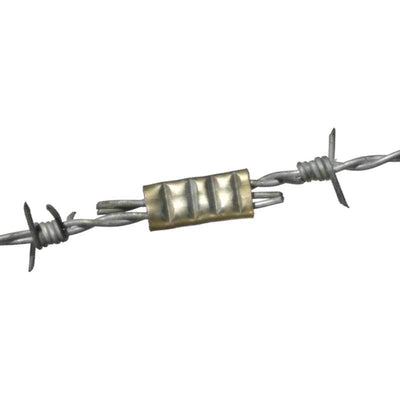
Barbed Wire Splices

Manual Wire Tie Twister

Corona Transplanter

USA MADE
Pulaski Axe

Raised-Counter Measuring Wheel

25% OFF
Wiss Stainless Steel Shears
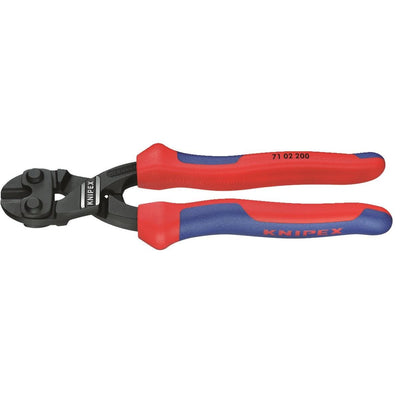
Knipex Compact Fence Cutter

Ships Free
Corona Cultivator

Clamptite Tool

Ships Free
OLFA Serrated Scissors
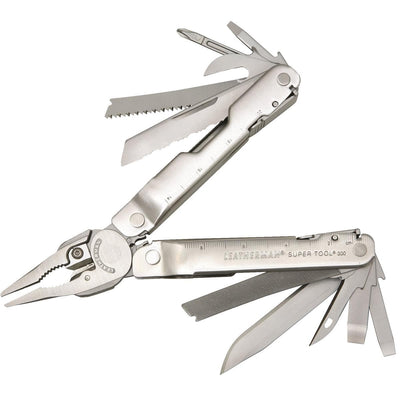
USA MADE
Leatherman Super Tool® 300

USA MADE
Leatherman Surge™ Multi-Tool

USA MADE
Leatherman REV Multitool

Torq Tool

FELCO® C7 Cable Cutter

DEWALT 25mm Snap-Off Knife

Silky YOKI 270mm Chopper

29% OFF
DEWALT Handsaw

57% OFF
Gard-N-Hook Reacher Tool
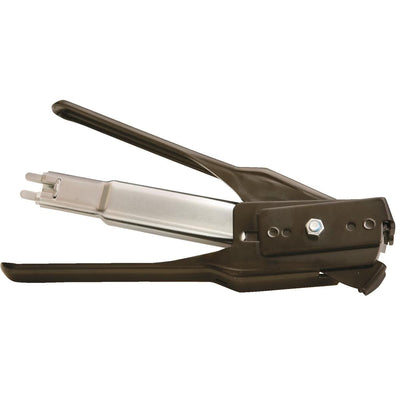
Hog Ring Plier Stapler

Pneumatic Air Grease Gun
When you’re ready to work safely, you’re ready to work. See our full line of safety supplies, including respirators, eye and ear protection, coveralls, first aid and more.












